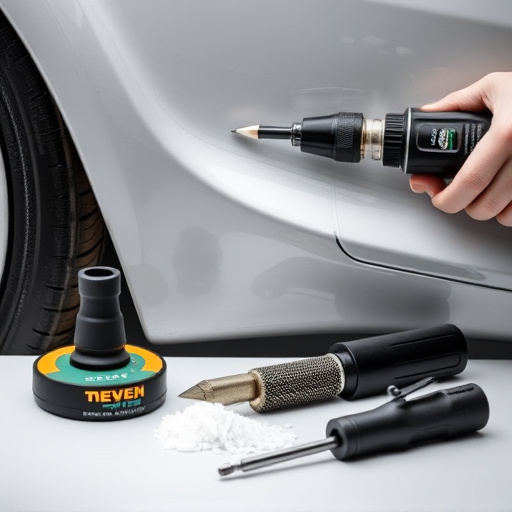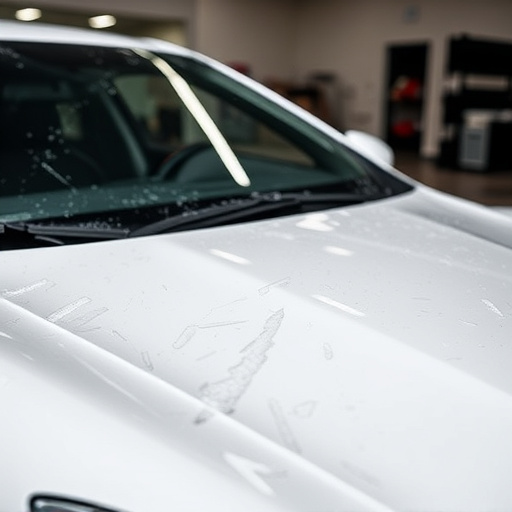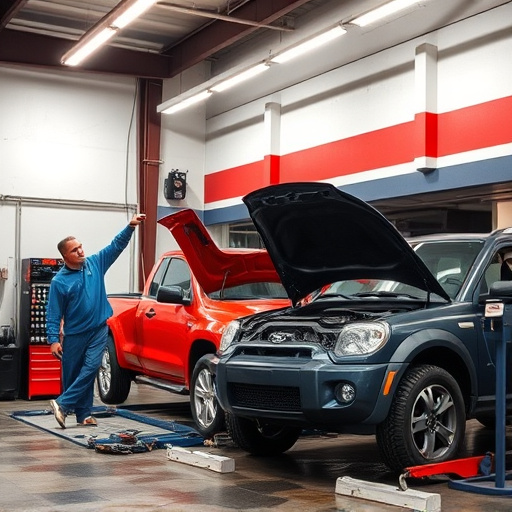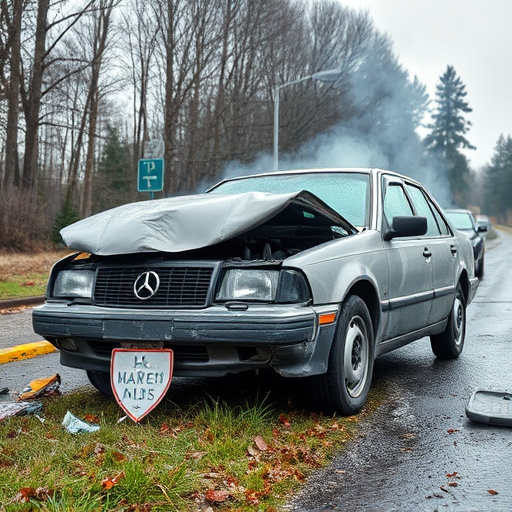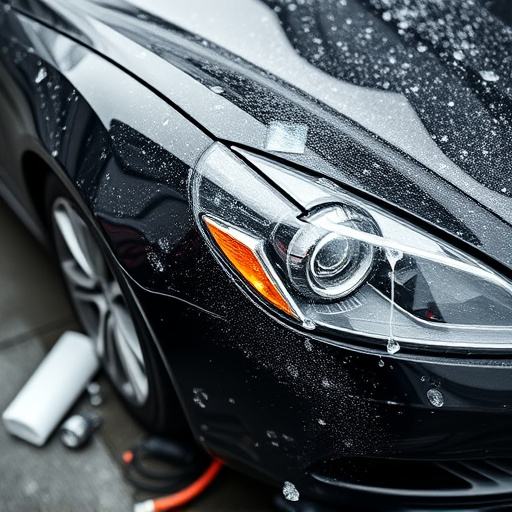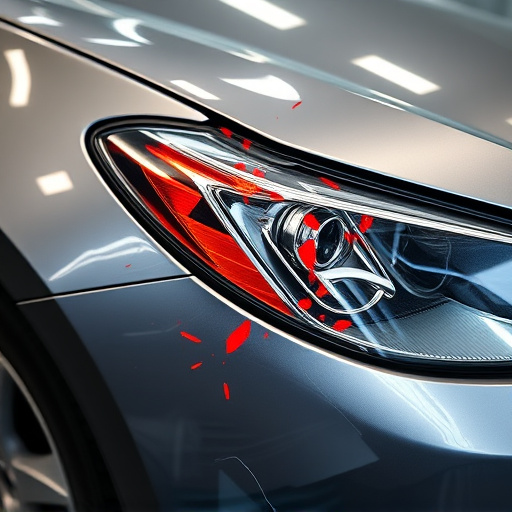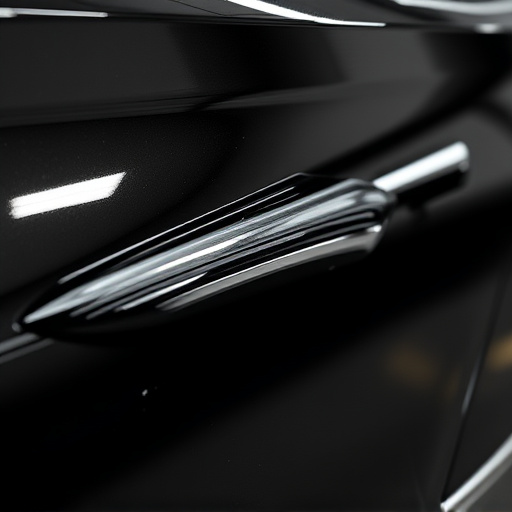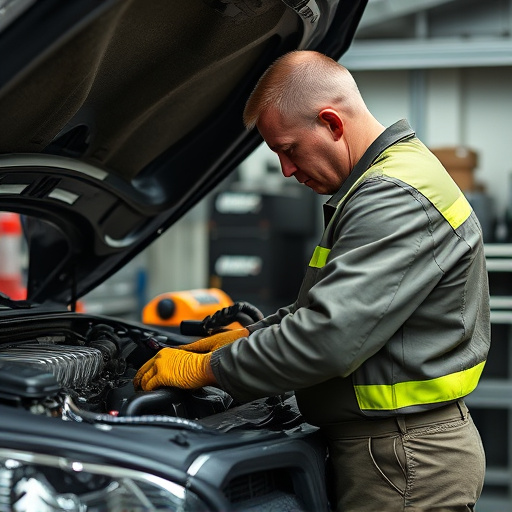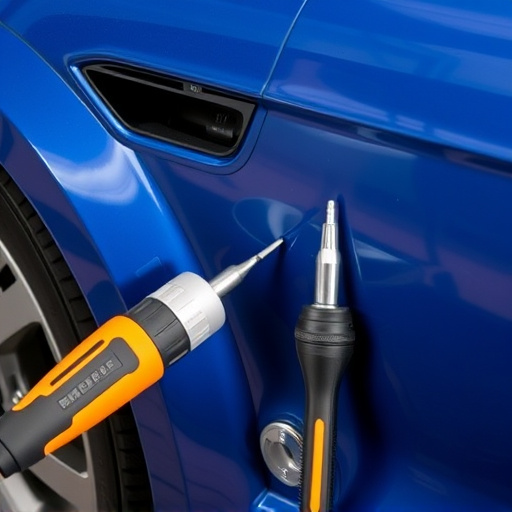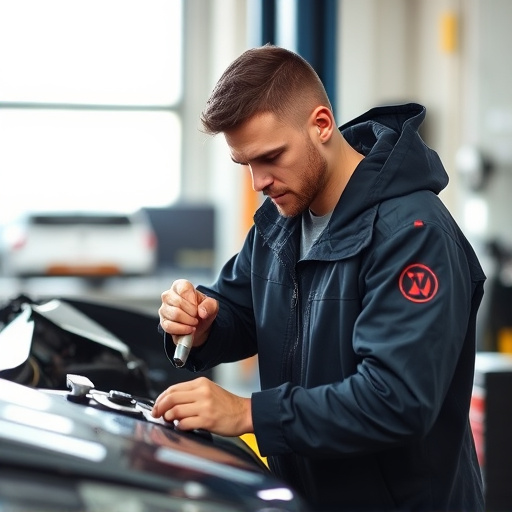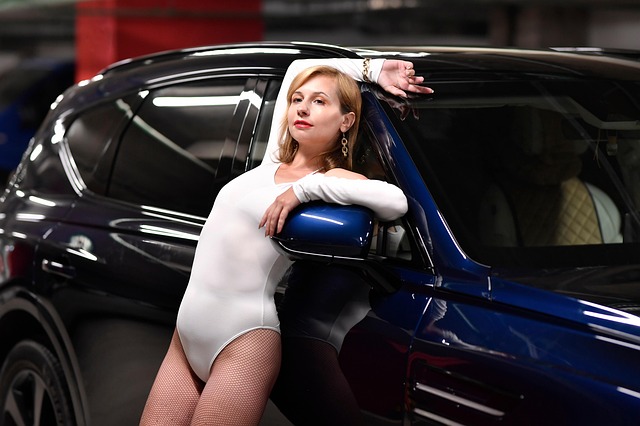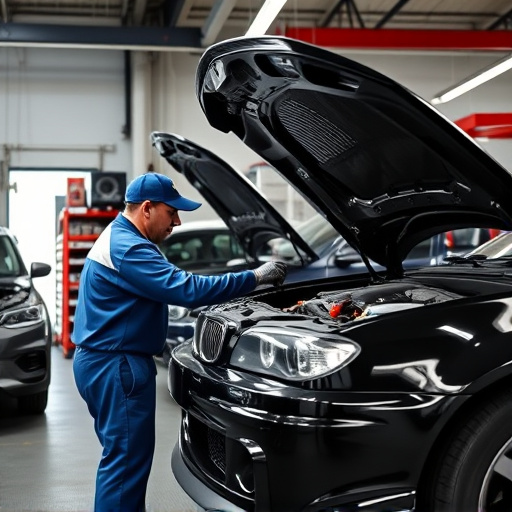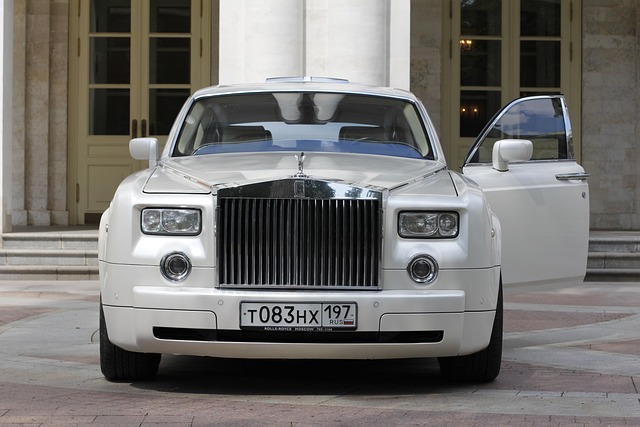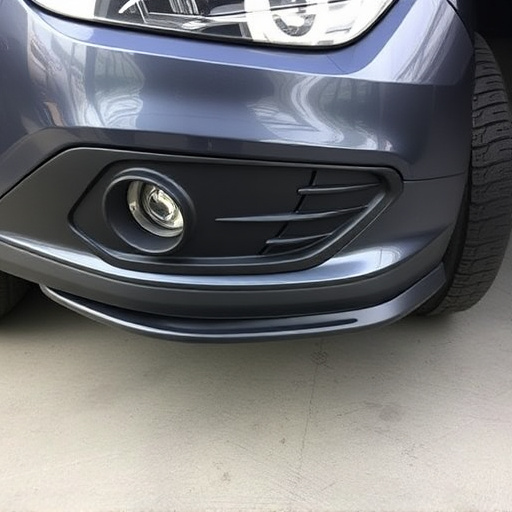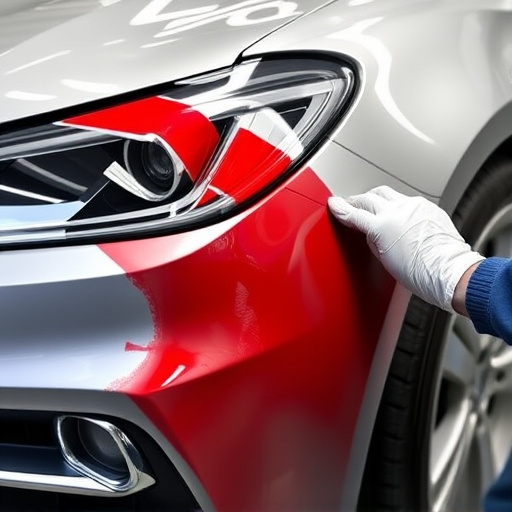Thoroughly inspect and repair Tesla Model S headlights and sensor housing to maintain lighting performance and safety. Use high-quality replacement parts for seamless integration. Proper alignment ensures optimal lighting and prevents sensor malfunction. Calibrate sensors post-repair for enhanced driver security and advanced assistance systems functionality.
“Looking to restore your Tesla Model S’s front-end aesthetics and functionality? This comprehensive guide delves into the process of repairing headlight and sensor housing damage, a common issue for electric vehicle owners. We’ll walk you through evaluating the extent of the harm, replacing parts, and calibrating sensors for optimal safety and performance. By understanding these steps, you can confidently tackle Tesla Model S front end repair, enhancing your driving experience.”
- Evaluating Damage: Headlights & Sensor Housing Inspection
- Replacing Parts: Steps for Front End Repair
- Ensuring Safety: Calibrating Sensors After Replacement
Evaluating Damage: Headlights & Sensor Housing Inspection
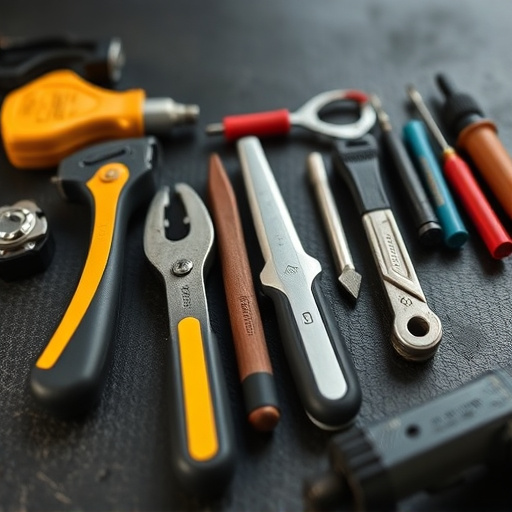
When undertaking a Tesla Model S front end repair, the first step is meticulously evaluating the damage to both the headlights and sensor housing. Begin by inspecting the headlights for cracks, chips, or any signs of impact that might have compromised their integrity. Even minor damage can affect lighting performance and safety, so it’s crucial to assess each headlight individually. The sensor housing, located beneath the headlights, should also be carefully examined for dents, scratches, or any misalignments. These sensors play a vital role in advanced driver-assistance systems (ADAS), ensuring optimal performance is essential for both driving comfort and safety.
During this inspection, pay close attention to the precision of the housing’s alignment with the headlights. Any misalignment could lead to poor lighting distribution and potential sensor malfunction. If damages are discovered, it’s important to source replacement parts that are not only of high quality but also specifically designed for the Tesla Model S to ensure seamless integration and reliable performance during the repair process, encompassing both autobody repairs and car restoration techniques.
Replacing Parts: Steps for Front End Repair
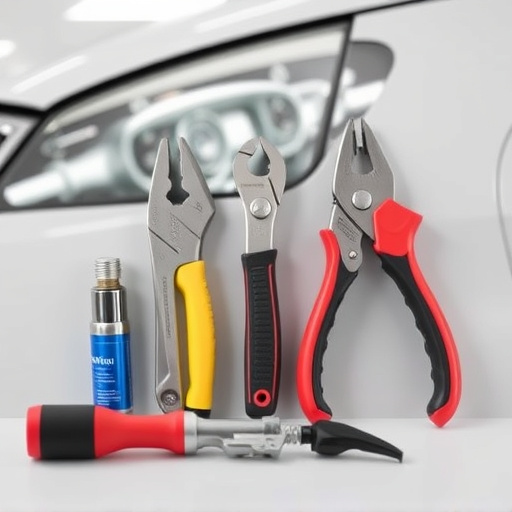
When embarking on a Tesla Model S front end repair, specifically for headlights and sensor housing, the first step is to identify and acquire the necessary replacement parts. This involves sourcing high-quality auto body repair components designed for luxury vehicle make and models like the Tesla Model S. Ensure that the parts fit seamlessly into the existing framework, aligning with the car’s precise specifications.
The process begins by removing the damaged or scratched headlight assemblies and sensor housing carefully. Next, install the new parts, ensuring proper alignment and securement. This may require specialized tools and expertise, especially for complex auto body repair jobs. Proper installation is crucial to maintain the vehicle’s safety features and aesthetic appeal. Remember that a meticulous approach, including regular cleaning and inspection, contributes to long-lasting results in any luxury vehicle repair.
Ensuring Safety: Calibrating Sensors After Replacement
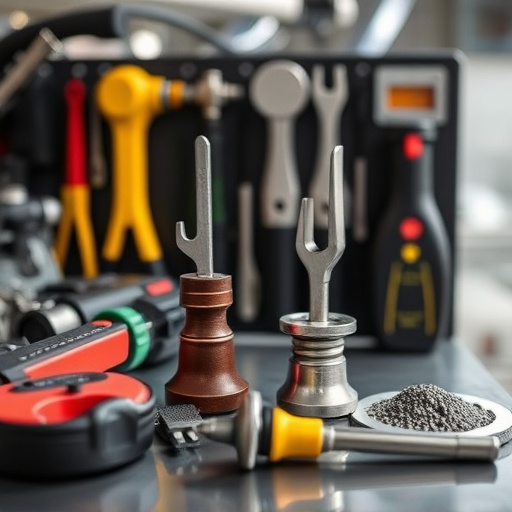
After successfully completing a Tesla Model S front end repair that involves replacing headlights or sensor housings, ensuring safety should be your top priority. Calibrating the sensors is a crucial step to guarantee optimal performance and driver security. Modern vehicles are equipped with advanced sensor technology that plays a vital role in various safety features, including adaptive cruise control, lane-keeping assist, and automatic emergency braking.
When replacing these components, especially through methods like paintless dent repair or car scratch repair for damages around the sensors, it’s essential to recalibrate the systems. This process ensures that the sensors work seamlessly with the vehicle’s computer system, providing accurate data for the active safety features. Proper calibration enhances the overall driving experience and keeps you and other road users safe.
When it comes to repairing the front end of a Tesla Model S, especially concerning headlights and sensor housing, a thorough evaluation of the damage is key. Replacing these parts involves a step-by-step process detailed in this article to ensure proper calibration of sensors for optimal safety. For any Tesla owner, understanding how to perform a Tesla Model S front end repair can be a valuable skill, enabling quick responses to potential issues and maintaining the vehicle’s performance and safety features.
